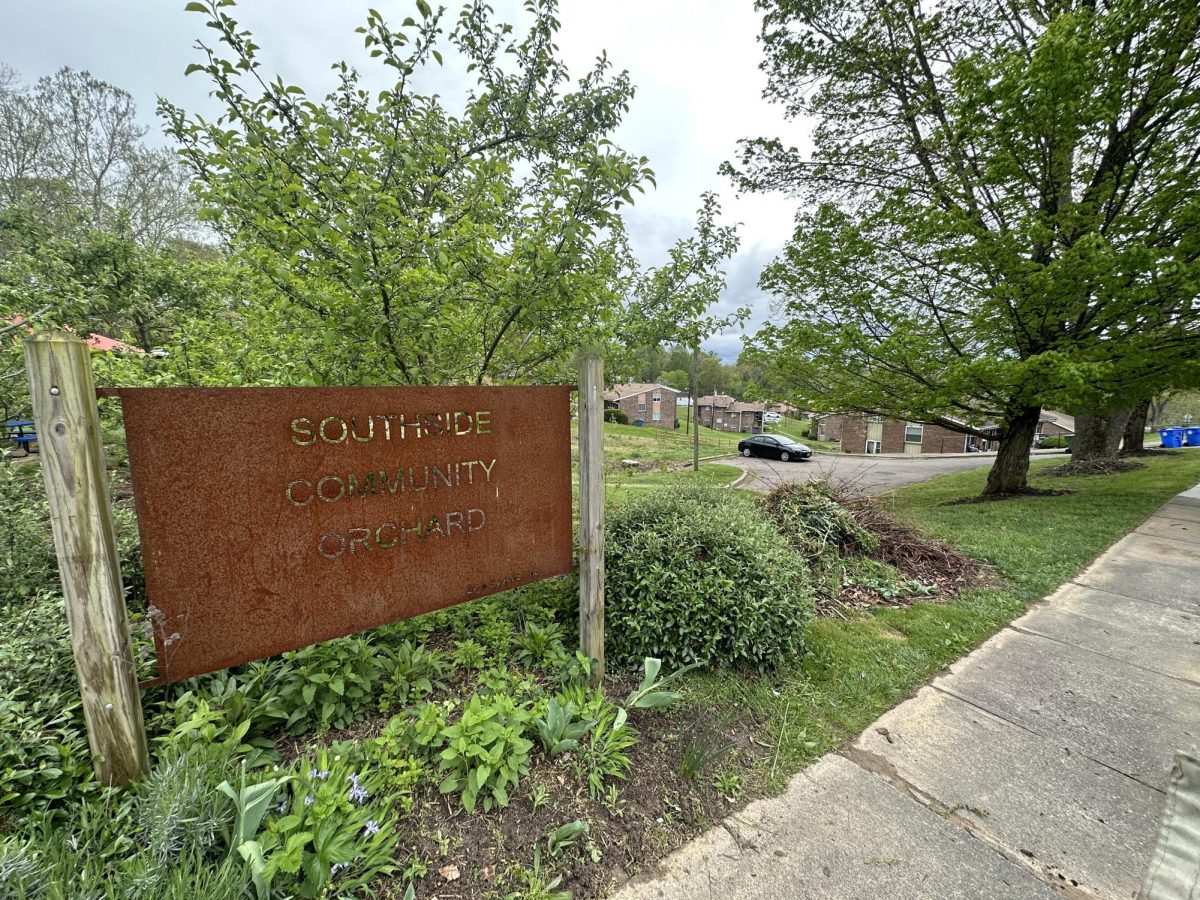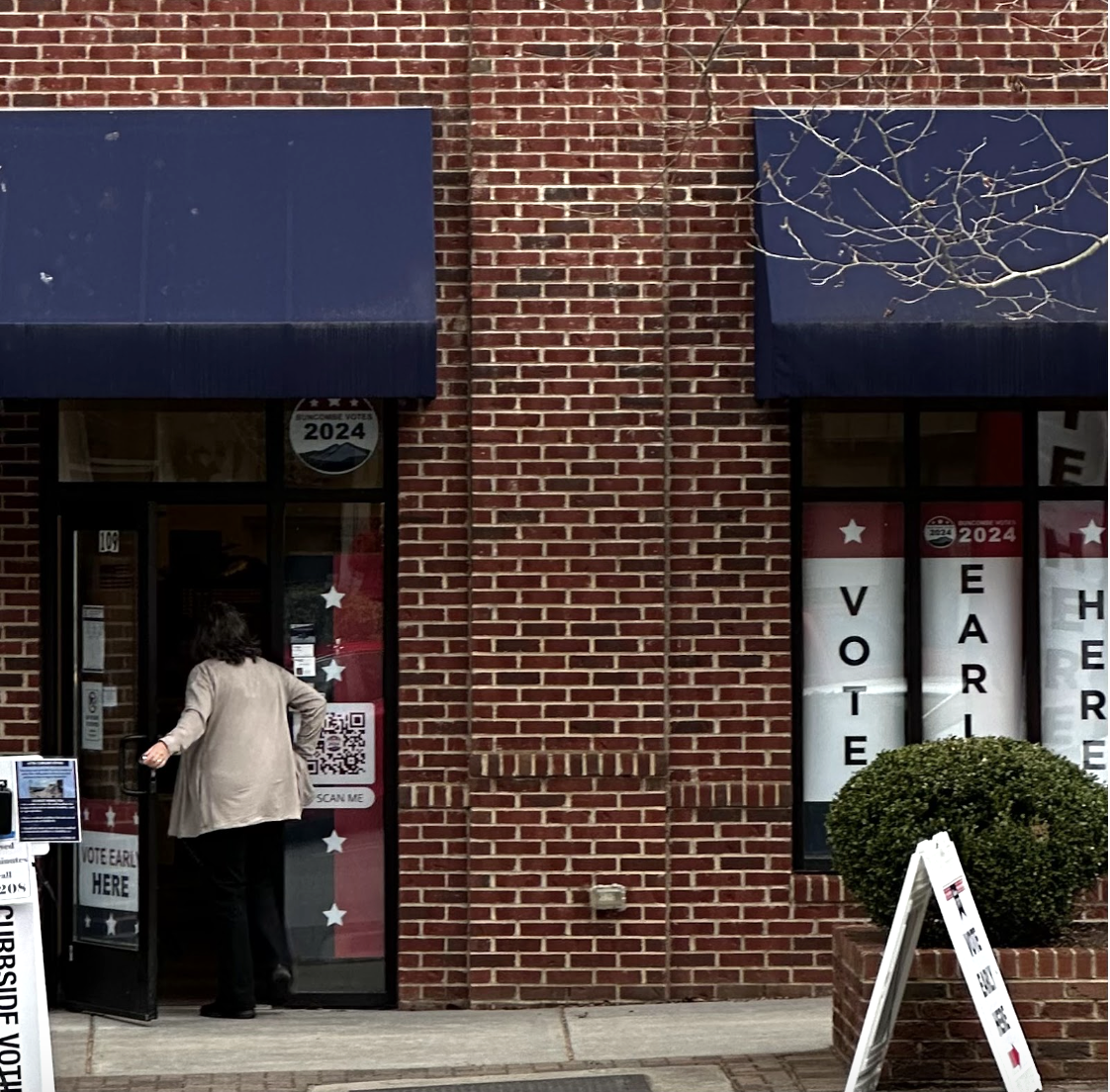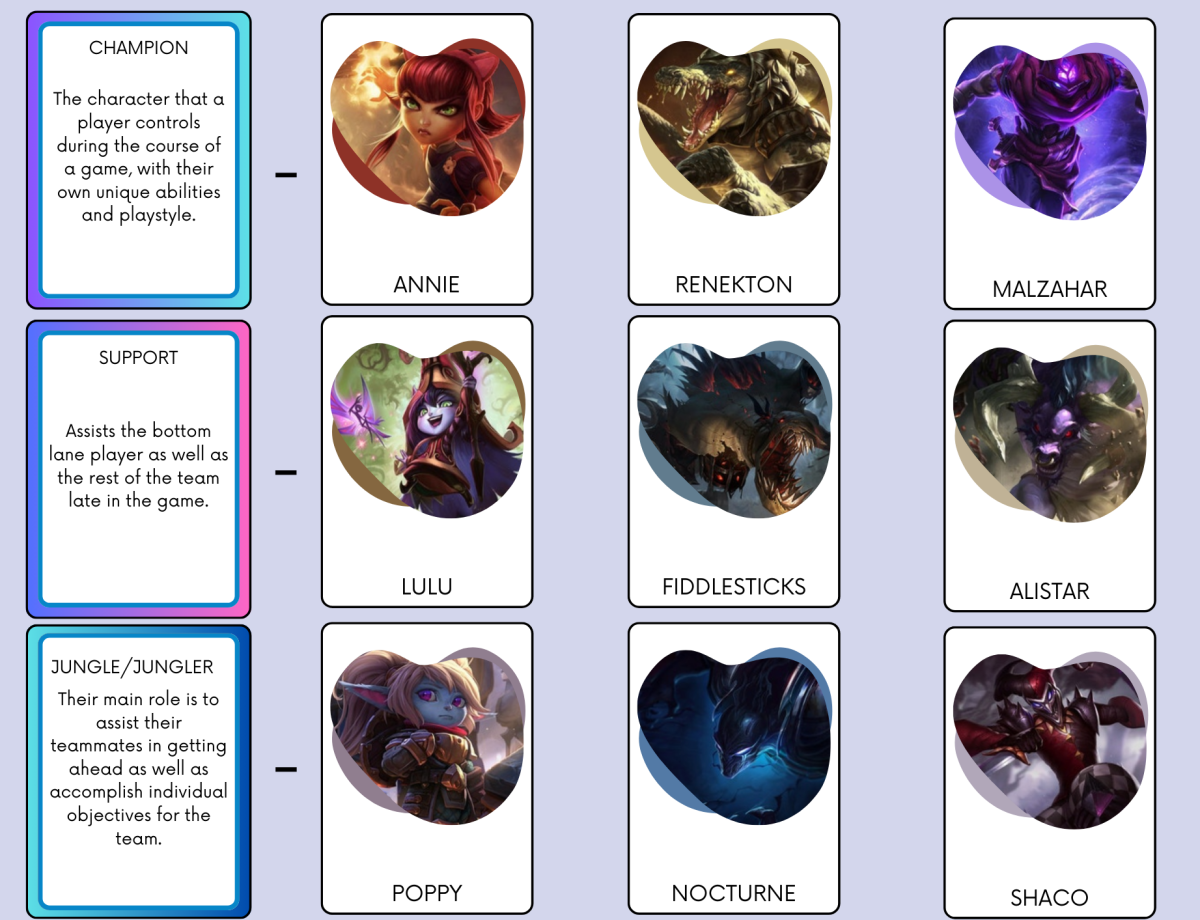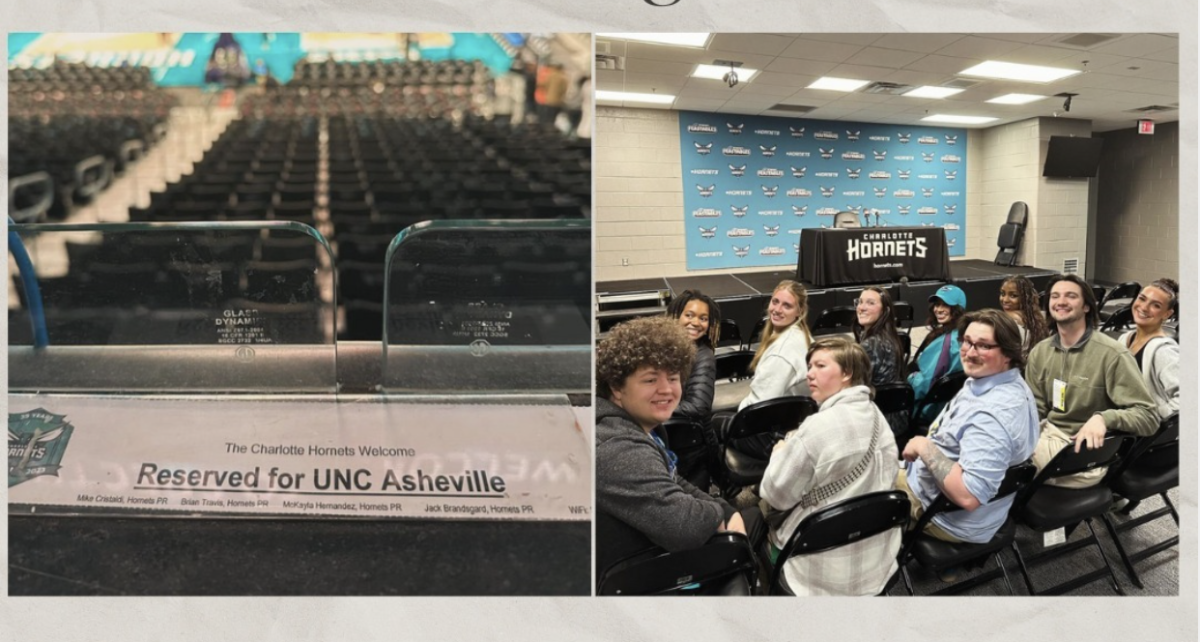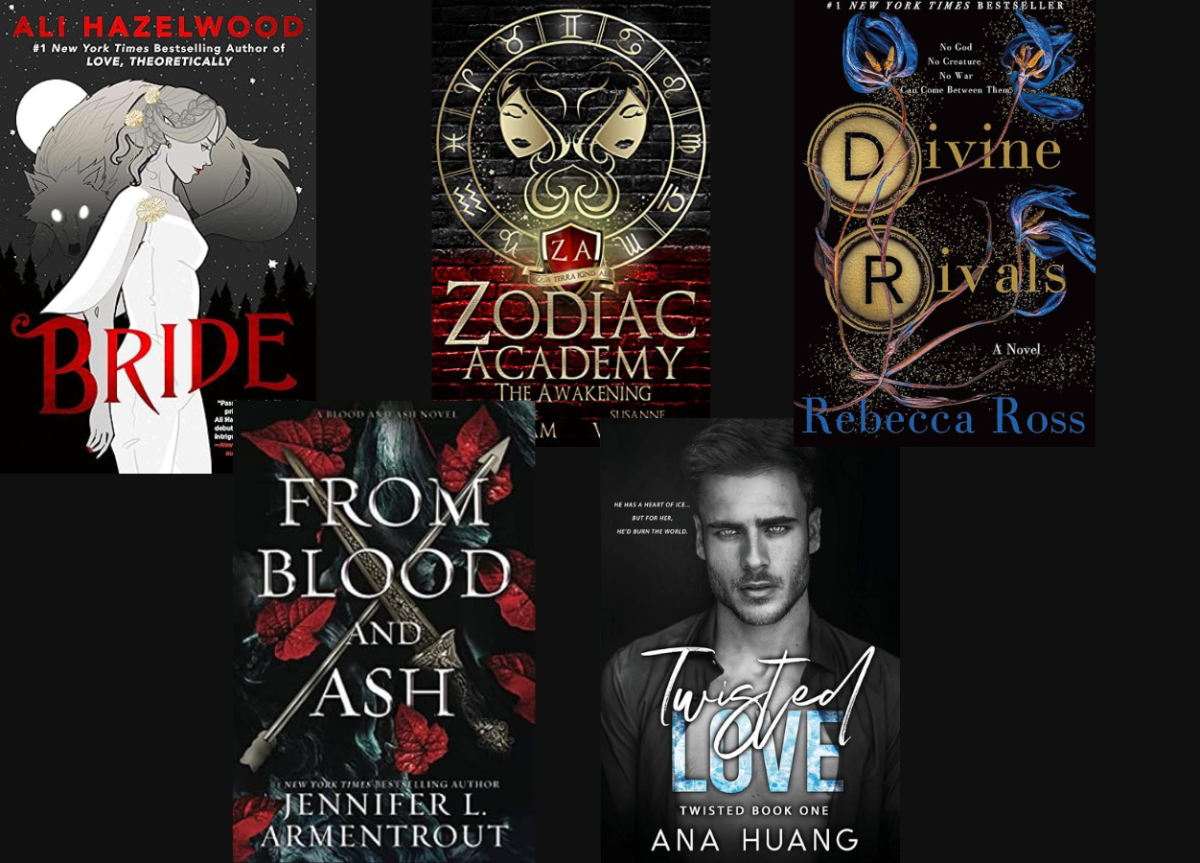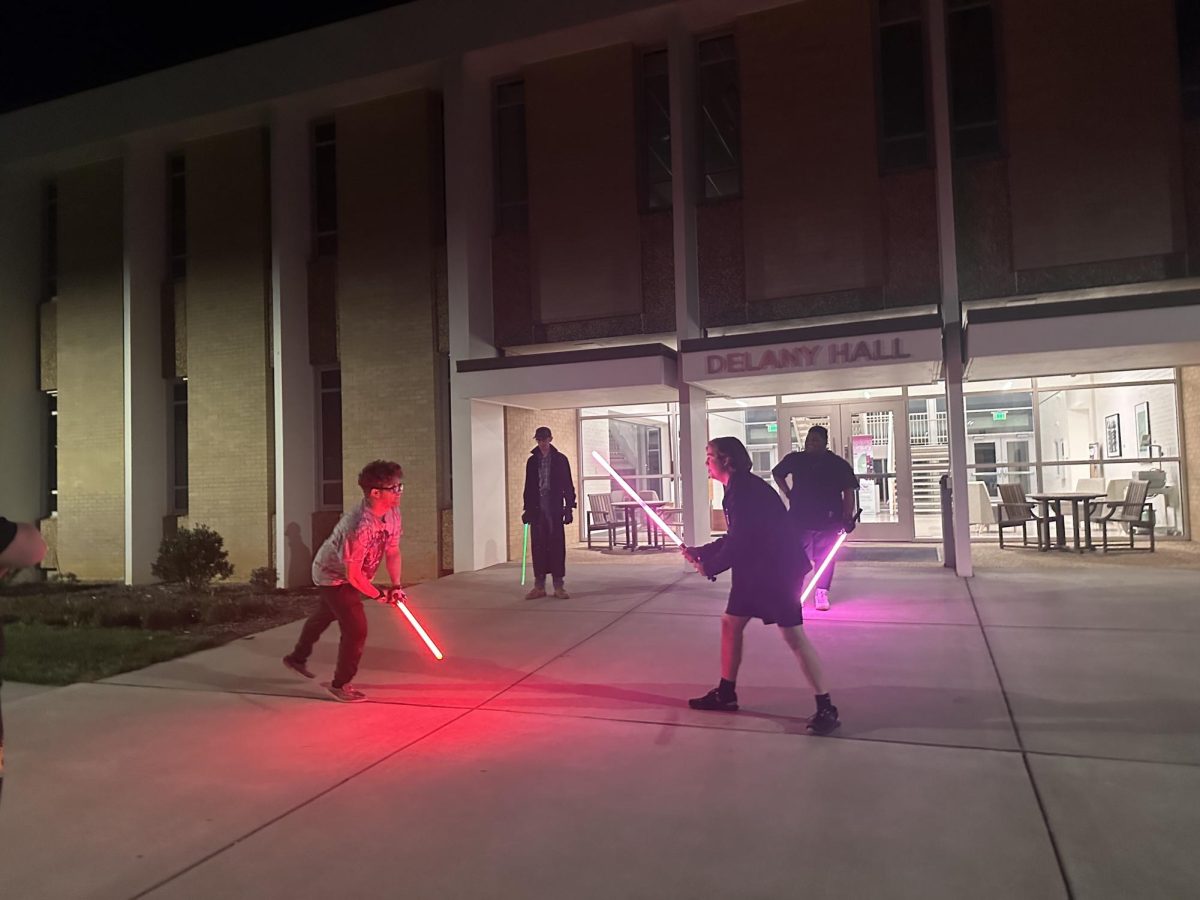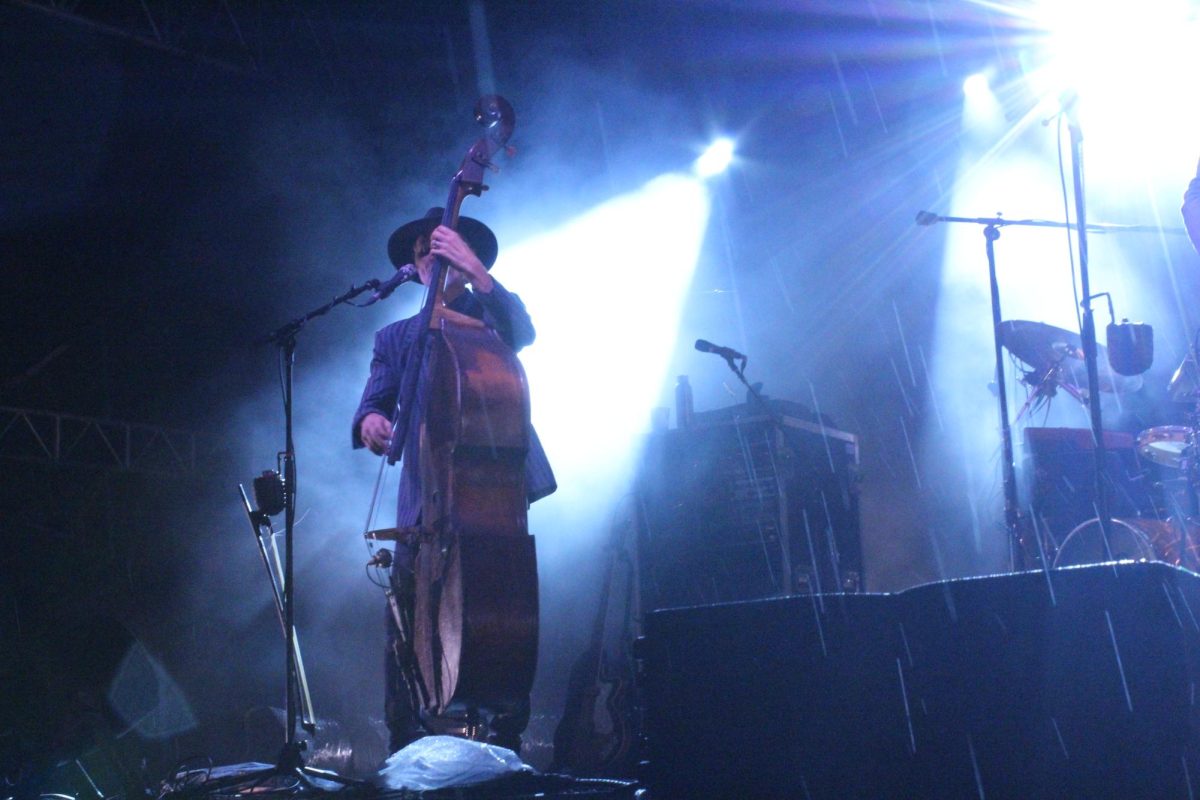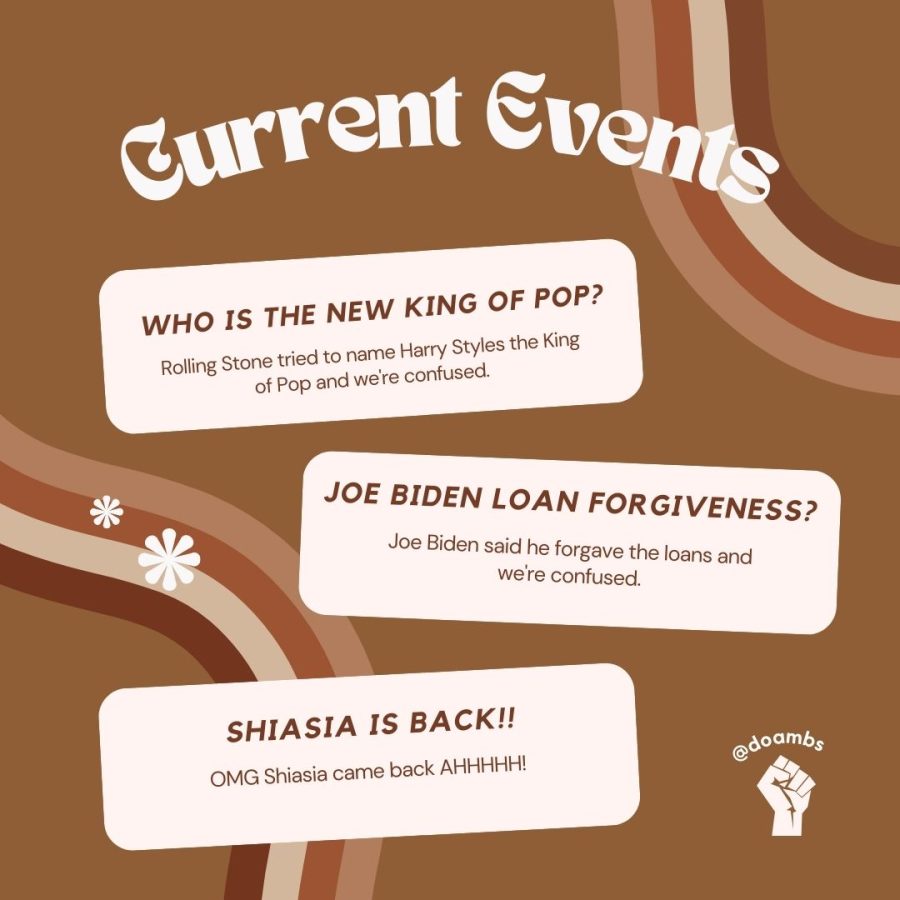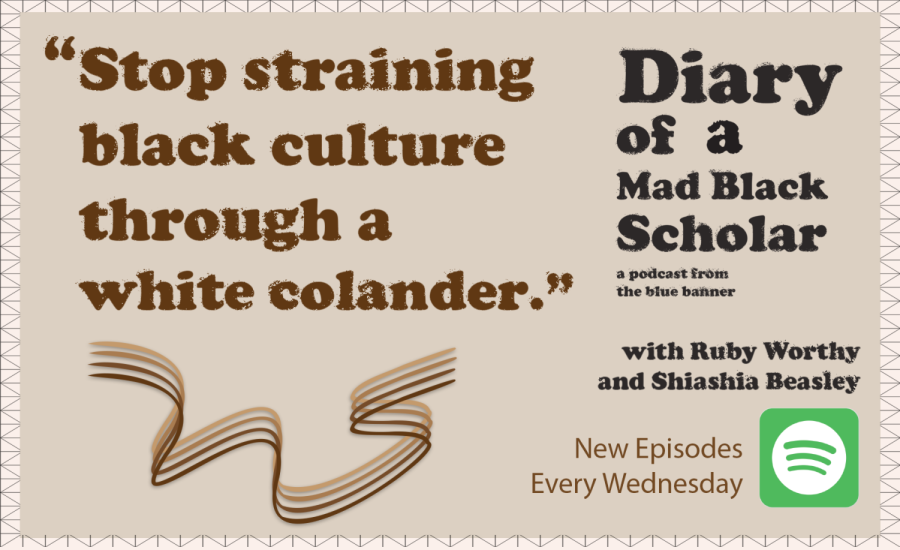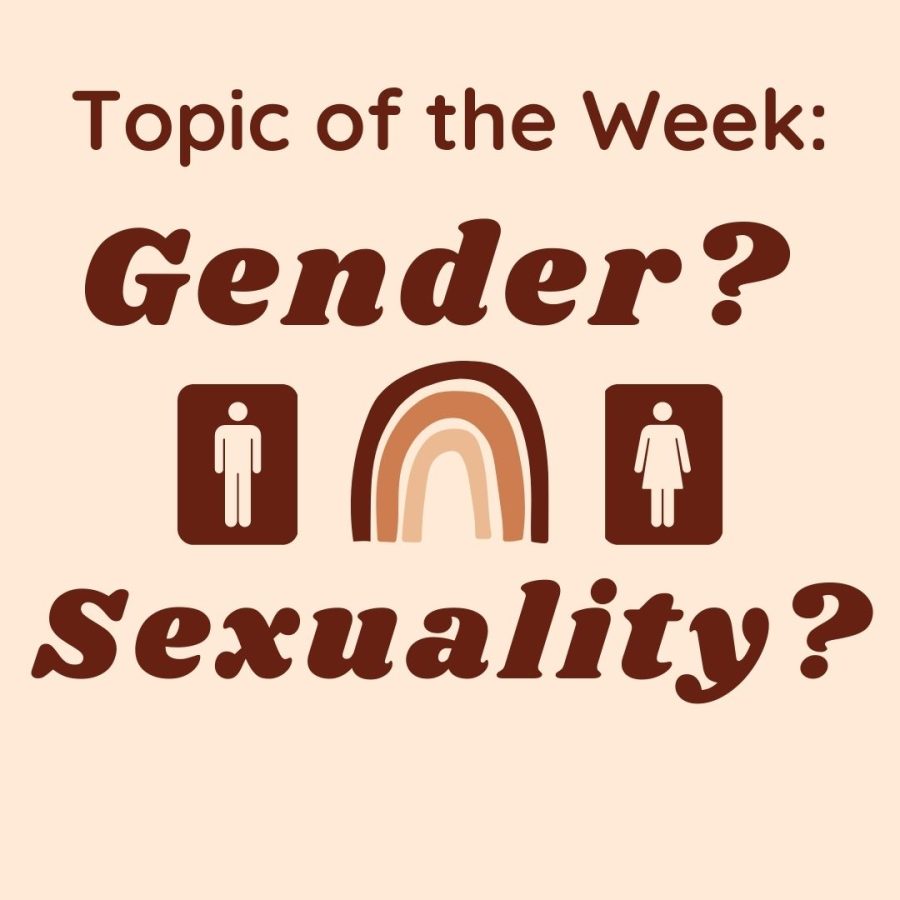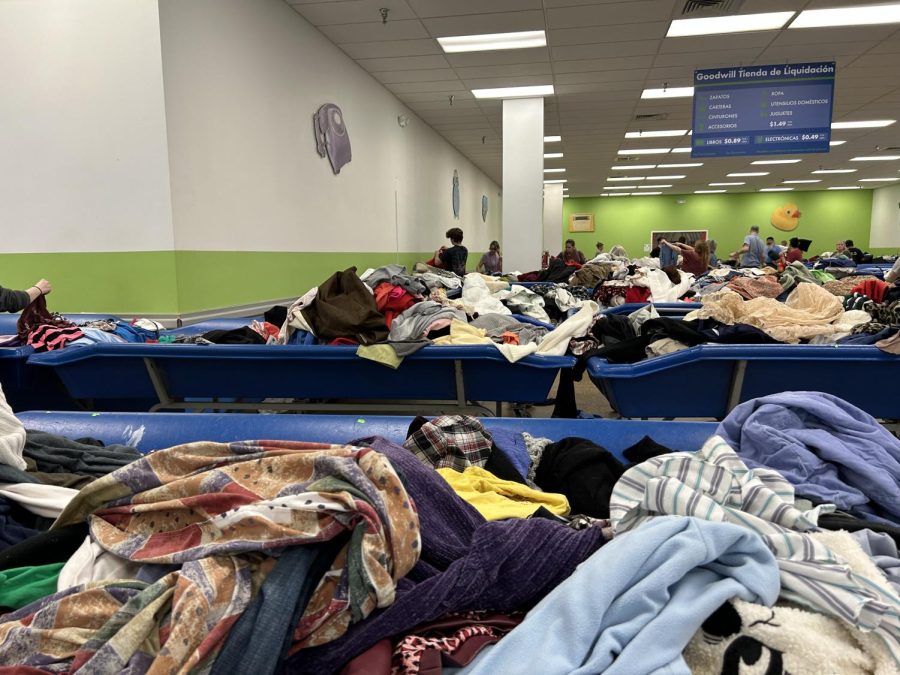By Maggie Haddock
News Editor
[email protected]
Mass shootings have undeniably become a token of the American legacy as gun violence and lone wolf attacks such as the most recent shootings in Las Vegas continue to increase in 2017. While in-depth coverage of these attacks is arguably necessary and relevant to cover initially, media outlets habitually drag out mass murders and fetishize shooters by analyzing their motives and even their personal lives.
According to the Gun Violence Archive, a total of 47,323 incidences of gun violence have occurred thus far in 2017, with 276 of those incidences classified as mass shootings. Mass shootings, as defined by the Federation of American Scientists, are considered such when four or more individuals are murdered with a firearm within a single event.
The Las Vegas attack now reigns as the deadliest shooting in the United States, putting gunman Stephen Paddock at the pinnacle of firearm murderers in the U.S. Until another shooter surpasses his body count, Paddock remains the face of the deadliest shooter in America.
Since the incident in Las Vegas, Paddock has become the muse of major media outlets, as his final moments and meticulous violence continues to be analyzed and his personal life continues to be humanized, despite his terror attack resulting in 58 deaths and more than 500 injuries.
As of Oct. 6, The Washington Post has a total 189 publications including the name Stephen Paddock, closely followed by The New York Times with 154 publications and CNN with 75 publications. The New York Daily News reported the potential for a psychological autopsy on Paddock to reveal his motives since his immediate suicide after the event prevents investigators from knowing his intentions.
The multitude of publications discussing Paddock’s life perpetuates the normalization of gunmen and softens the heinousness of his actions resulting in the death and injury of nearly 600 civilians. These publications of great analyzation do not portray his actions as those of mass terror, but rather create an interest in the twisted mind in the way horror films create a thrill for the onlooker.
As more information becomes available about Paddock, his personal life and potential motives behind his attack, media outlets will cling to all new pieces of information as a means of figuring out his madness. Meanwhile, Paddock continues to develop a legacy he never had while he was alive.
An in-depth analysis of Paddock stews as more factors are conjured up from news tips and articles. These topics range from Paddock’s final moments before the event to his incredible lack of a criminal record. The image of the 64-year-old white male has become a totem of media outlets; Stephen Paddock, the new household name.
Despite appropriate coverage of the event itself and the motives behind the attack, media outlets have failed the general public by recreating the Byronic hero in mass shooters. By humanizing these attackers, their photograph, name and reputation live in infamy even after their death.
The rhetoric of the personal-profile piece is essential to news coverage, but the humanization of individuals responsible for pre-meditated mass shootings only creates an anti-hero to live eternally and inspire like-minded individuals to do the same.
Between 20 and 30 percent of firearm attacks are inspired by previous attacks, according to a 2015 study published by the Public Library of Science journal, PLoS ONE. Giving mass murderers a rise to fame only increases the chances of more attacks in the future by prodigies in the shadows, watching diligently.
The Columbine shooting in 1999 sparked 74 copycat attacks, which resulted in 89 deaths. Individuals involved in 13 cases planned to surpass the body count of the the original Columbine attack, according to a 2015 investigation by news organization Mother Jones. In 10 of the cases, suspects referred to Columbine attackers Eric Harris and Dylan Klebold as heroes, idols, martyrs or God.
While mass shootings often fall to the blame of factors such as mental illness and loose gun control laws, these attacks do not just happen at the drop of a hat. Mass shootings are a result of premeditated design, and with the implications and statistics of copycat incidents, media outlets must stop giving mass murderers a platform for their bloodshed to become a hallmark in the culture of copycat perpetrators.
Latest Stories
- UNC Asheville Die-In
- AI use in schools and the workforce raises concerns
- Southside Community Farm seeking voters for safety
- Students wonder if campus dining is actually adequate
- Tribal political activities surge due to Lumbee tribes request for federal recognition
- Learn a Language!
- Questions On the Quad Episode 11
- What Do Blue Banner Staff Listen To?
- Asheville residents at odds over U.S. financial assistance to Ukraine
- The UNC Asheville Saber Club’s duels remain, moved to AC Reynolds Green
